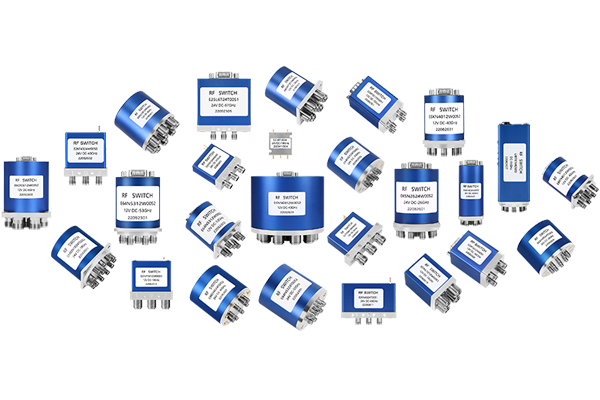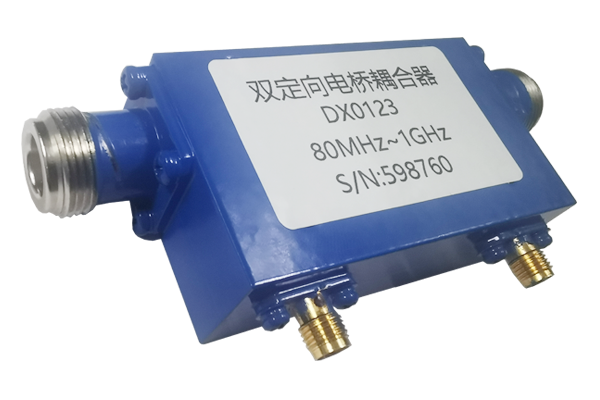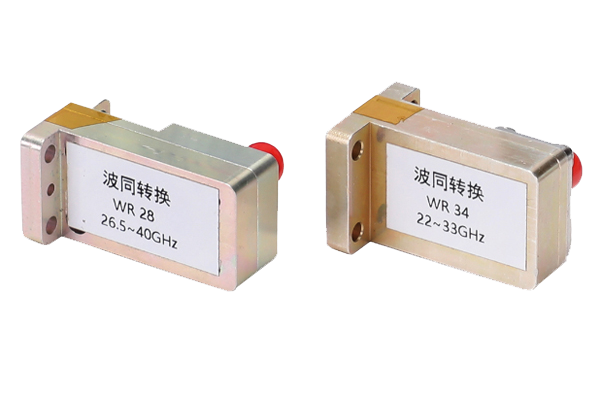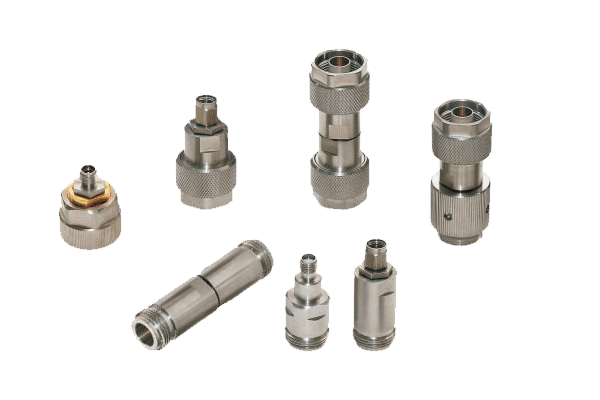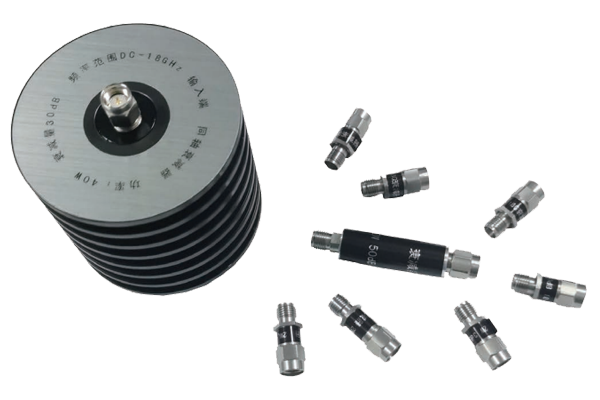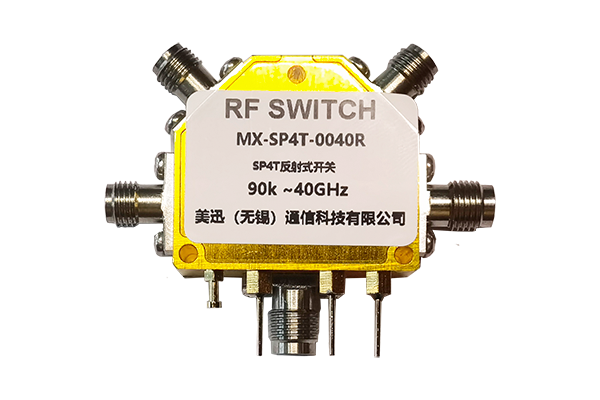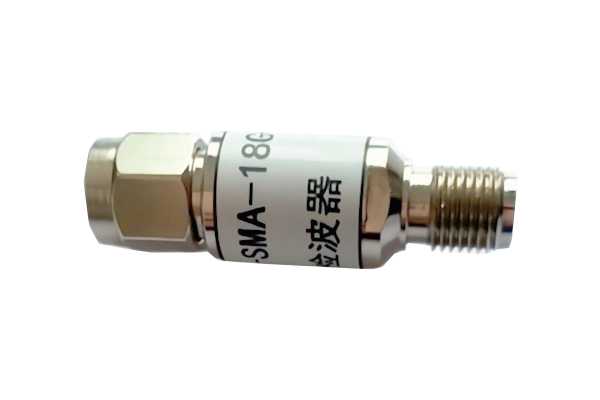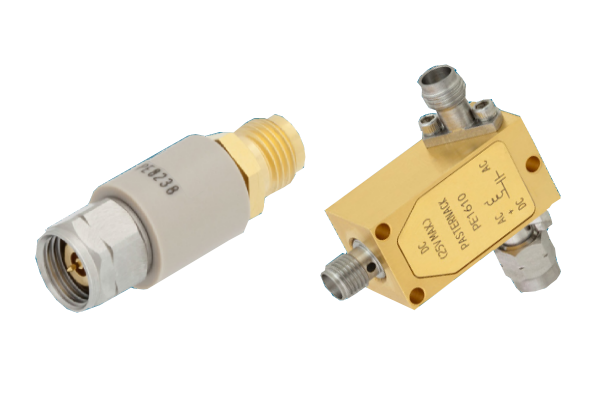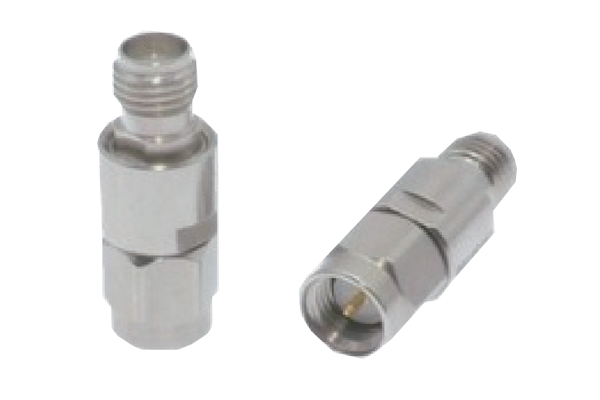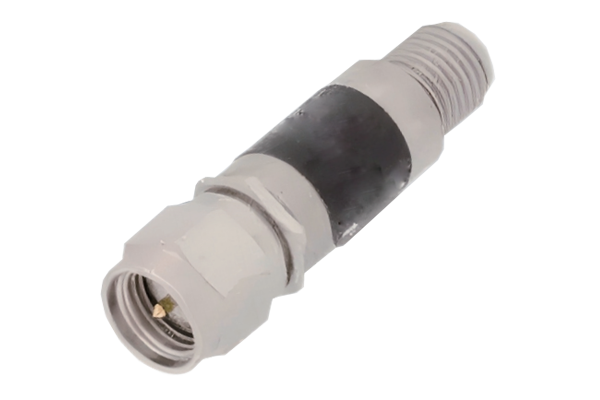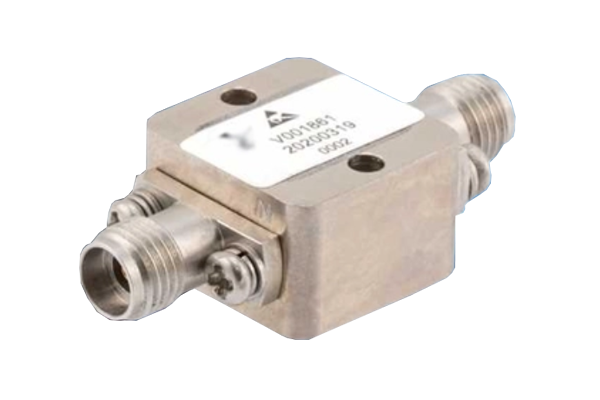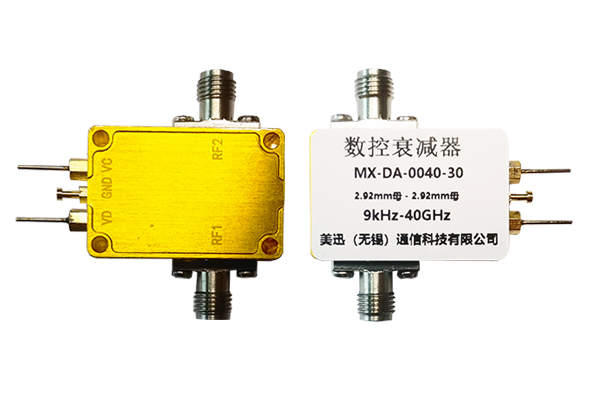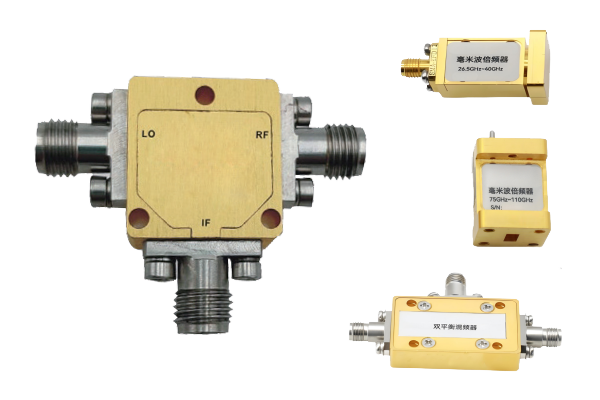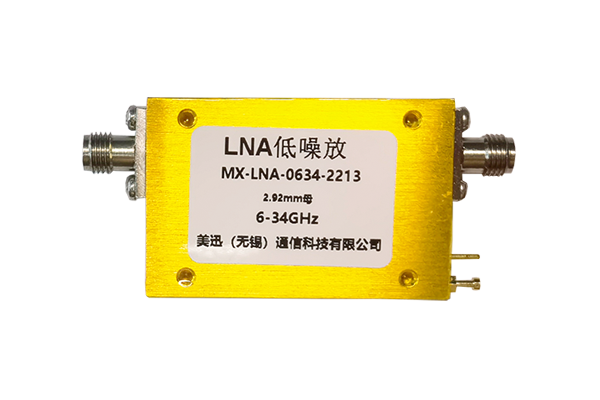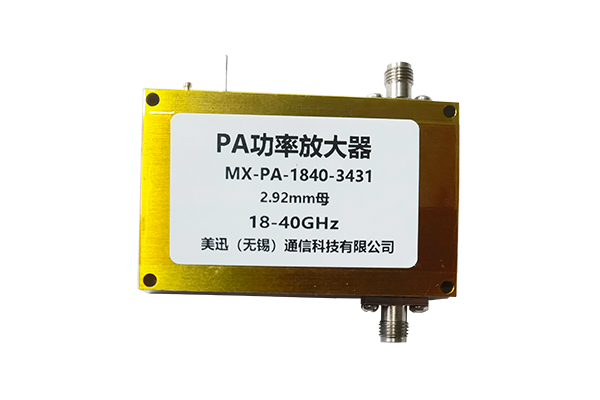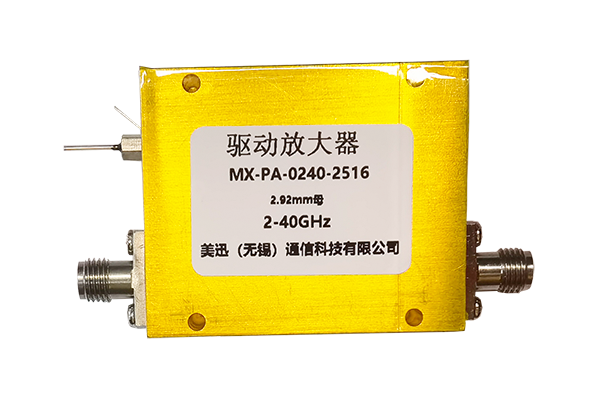How to improve the isolation of pin diode switch
PIN Diode Isolation Improvement
Four Key Technical Approaches
Device Structure Optimization
Fundamental improvements at semiconductor material level:
- Using wide bandgap materials (GaAs/SiC) to reduce reverse leakage current and maintain high isolation at elevated temperatures
- Increasing I-layer thickness while reducing doping concentration to minimize junction capacitance and suppress high-frequency signal leakage
Circuit Design Improvement
Advanced topologies for signal isolation:
- Balanced bridge and multi-stage cascade topologies with symmetrical structures to cancel common-mode signals
- Series-connected switch arrays for stepwise signal attenuation
- Implementing λ/4 stubs and high-impedance matching networks to create port reflections that weaken leakage signals
Bias Control Techniques
Precision charge management strategies:
- Increasing reverse bias depth to fully deplete I-layer charges and minimize junction capacitance
- Applying carrier removal pulses during switch-off transitions to rapidly clear residual charges and reduce crosstalk
Packaging Process
Physical implementation enhancements:
- Increased signal line spacing with ground shielding layers to reduce parasitic coupling
- Flip-chip and monolithic integration to minimize bond wire parasitic inductance
- Hermetic ceramic/metal packaging to prevent moisture/contaminant intrusion and ensure long-term stability



